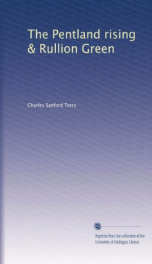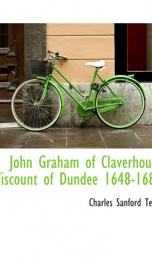the life and campaigns of alexander leslie

Purchase of this book includes free trial access to www.million-books.com where you can read more than a million books for free. This is an OCR edition with typos. Excerpt from book: 16 CHAPTER II. THE THIRTY YEARS' WAR.1 Throughout Europe, as in England and Scotland, forces which had long been gathering broke in the seventeenth century with a fury which made it a fitting prelude to the stormy century which followed it. The rounding of the Cape of Good Hope by Vasco da Gama in 1497, Columbus's accidental stumbling upon America five years before, Luther's defiance of the Pope in 1520, were facts which introduced new and bloody relations between the States of Europe. Western Christendom hastened to seize a share of the rich heritage which Da Gama and Columbus had revealed. Central Europe, that vague congeries of German States, plunged into a war of religion, of Protestant against Roman Catholic. In 1619 the election of Ferdinand the Second to the Empire, and of Frederick the Elector Palatine to the throne of Bohemia, ranged the two parties in hostile camps. Within little more than a year Frederick was defeated, and the Protestant faith 11 have attempted in this chapter no more than to offer a slight outline of the Thirty Years' War so far as Leslie was engaged in it, since this portion of Leslie's life is secondary to my main subject. was overthrown in the Kingdom he so briefly enjoyed. The war thus begun was rapidly enlarged. The Protestant States, fearful of their security, prepared to withstand the encroaching power of the Hapsburg. Christian the Fourth of Denmark and Duke of Holstein entered the war in 1624. But the Protestant leaders were no match for the Imperialist Generals, Wallenstein and Tilly, and by the spring of 1625 the former had made himself master of Mecklenburg and Pomerania. The Baltic cities of that region one by one fell to him, until Stralsund alone held out. But Wallenstein's progress called one into the field against him, ...
Users who have this book
Users who want this book
What readers are saying
What do you think? Write your own comment on this book!
write a commentif you like the life and campaigns of alexander leslie try:
Do you want to read a book that interests you? It’s EASY!
Create an account and send a request for reading to other users on the Webpage of the book!





